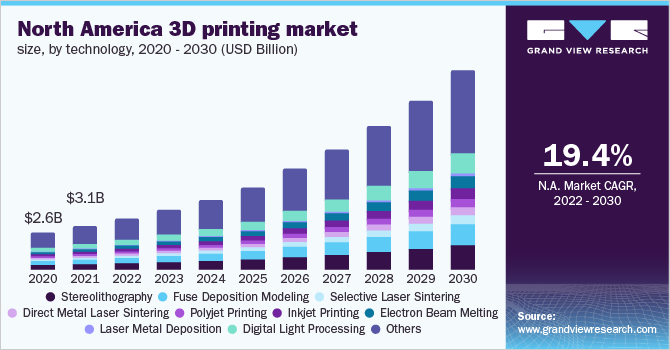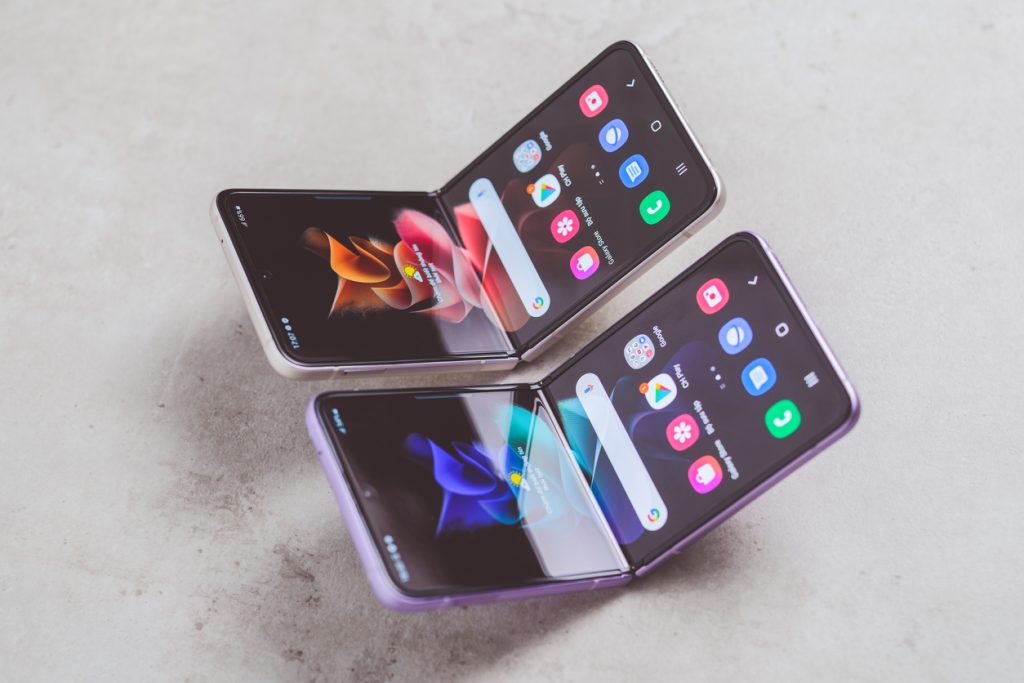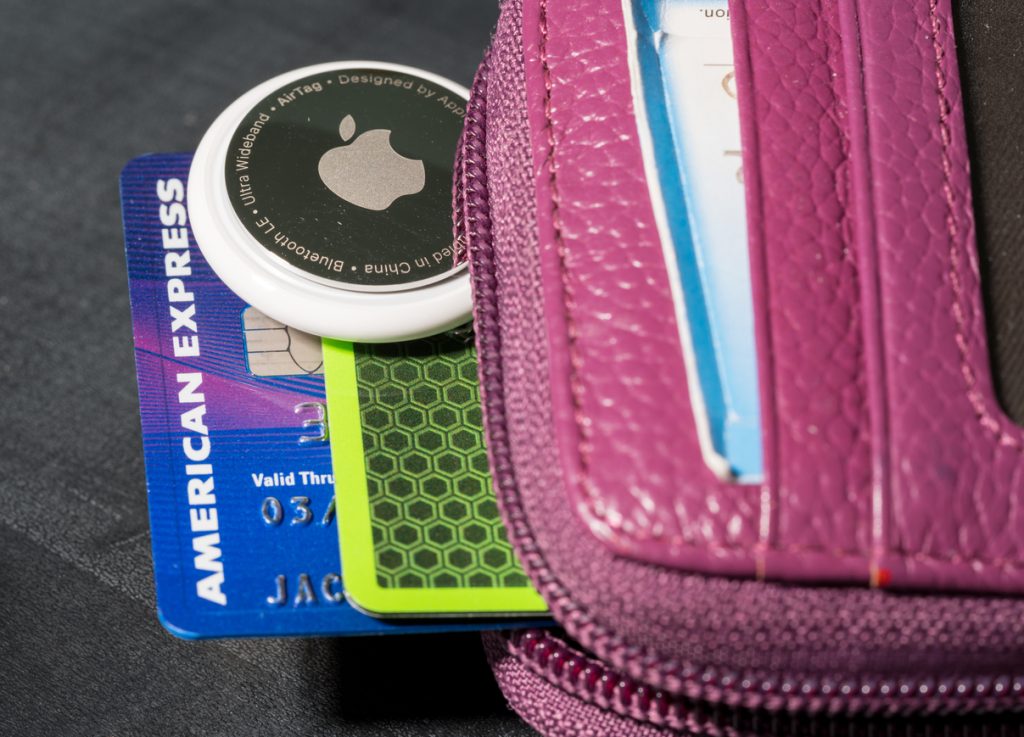The younger generations are more than welcoming to having technology in their lives. This acceptance has opened the door for more technological innovation every year, and some gadgets have received praise for their usefulness. But even with the multitude of tech devices on the market, consumers and retailers are always looking for the next tech trend. Here are some devices that have been catching attention in the consumer electronics industry and on social media.
3D Printers

According to grandviewresearch.com, the global 3D printing market size was valued at USD 13.84 billion in 2021 and is expected to expand at a compound annual growth rate (CAGR) of 20.8 percent from 2022 to 2030. 3D printing has been very popular with consumers now that the cost of devices has gone down and certain public resources allow consumers to learn how to operate their own. For example, Cobb County Libraries in Georgia have 3D printers that are available for public use, and this could encourage some to try printing because of this alternative they can experiment with. It also serves as a cheaper alternative to buying a 3D printer — which can cost $200 or more — and buying the filament needed to use the printer.
3D printing is popular on social media because consumers are constantly posting about their new creations, and some are kind enough to share their files. The 3D printing hashtag can help retailers interested in this field find the audience they are looking for. On Tiktok, the #3dprinting has 12.5 billion views, and with just a quick scroll through the page, I was able to see all the interesting objects people have printed. Seeing people succeed and fail at 3D printing on social media also encourages me to try it myself someday.
Foldables

We all know about the Samsung Galaxy Z Flip phones as the company recently released its fourth model and the phone has grown in popularity. According to Counterpoint Research, foldables are the fastest-growing smartphone product this year and are expected to reach 26 million units in the consumer tech market by 2023. The love for foldable devices had companies like Huawei and Motorola make their models to compete in the market after seeing the success they had with consumers. I own a foldable smartphone, and I haven’t missed my regular smartphone at all. I hated how smartphones started to get larger; they are7 harder to hold and store in a pocket without sticking out. Now with foldables, devices can become smaller and the fold in the middle of the phone isn’t noticeable. If a few more tweaks can be made to the phone then I don’t see a reason to go back to regular smartphones in the future. I believe that if more companies start to sell more foldable devices the trend could turn into a permanent model for future smartphones.
Bluetooth Trackers

According to Channel Pro Network, 70 million smartphones are lost each year, with only 7 percent recovered. This alarming statistic shows that people are constantly losing their smartphones and consumer tech companies have created Bluetooth Trackers to prevent the loss or theft of electronic devices. Air Tags are small circular tracking devices that use the “Find My” app to give users a GPS location of the device with the tag on it. Everyone misplaces items occasionally, and Air Tags make it easier to find them without the hours of searching involved.
The user can make the Air Tags play music thanks to its built-in speakers. One helpful feature Air Tags have is that other Apple users will be notified when an Air Tag’s nearby, even if it’s not theirs. This can help find items that could have been dropped in an area the owner is no longer in. The person who found the air-tagged device can turn it in at a lost and found area nearby. Some people put them in their wallets, or on their keys, and according to New York Times, they are good for tracking luggage too. The hashtag for Air Tag on Tiktok has both 900 million views and most videos are people showing how they use their Air Tags. The one downside is that Air Tags only work for people that use Apple products or have an iPhone.
For people who are Samsung users, Samsung has the Galaxy Smart Tag available, and it’s compatible with the Smart Things App. The Smart Things App incorporates AR technology, and the app will have a green sensor light in the location of the lost device. This visual assist can point out where the device is located and users don’t have to navigate on a GPS. While this is great for Samsung users, the Smart Tag like Apple is only compatible with Samsung electronics.
For Android users like myself, Tile Mate is the best alternative because it is Android, iOS and smart home compatible. Sadly, the Tile Mate isn’t as popular as the Air Tag, but it still has more than 400k views on TikTok’s platform. My favorite feature is the QR code on the back of the Tile Mate, so if anyone finds your missing device, they can scan the code to see who it belongs to. The greatest thing about Bluetooth trackers is that they can work for everyone despite their age. It can help parents keep track of their child’s devices in case they leave the device behind or lose it. Most consumers have more than one electronic device these days and having a Bluetooth tracker increases loss prevention.
Key Takeaways
- Bluetooth trackers help consumers find lost devices and reduce the amount of time spent looking for them as consumers receive a GPS location.
- 3D printing has become more accessible to consumers and has over 12 billion views on Tiktok.
- The foldable market is expected to 26 million units in the consumer tech market by 2023.















